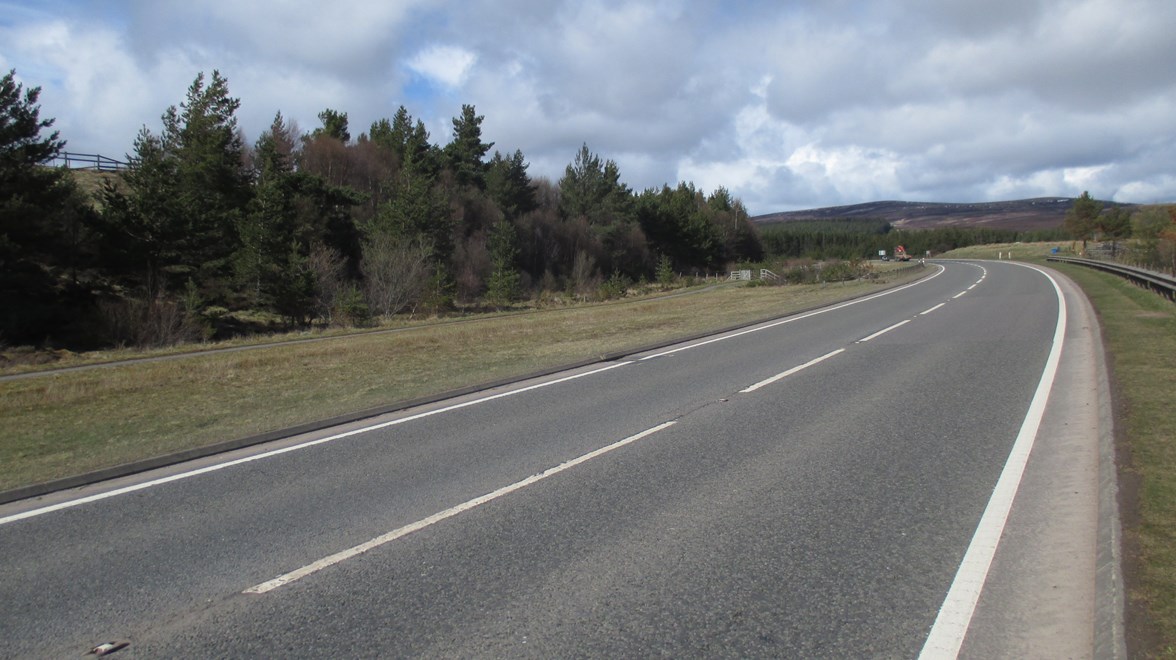‘Glacial pace’ of A9 dualling project may be deliberate, CECA Scotland suggests

Civil engineers have said they knew “for many years” that the Scottish Government’s aim to dual the A9 by 2025 would not be met and that the “glacial” progress on the project could well be deliberate.
The Civil Engineering Contractors Association (CECA) has written to the Scottish Parliament ahead of a meeting later this week to discuss progress to dual the A9 between Perth and Inverness. So far only two sections of the road – Luncarty to the Pass of Birnam, and Kincraig to Dalraddy – have been successfully completed.
The Scottish Government revealed a delay to the project in February when it launched a new procurement competition to complete the Tomatin to Moy section after the single tender submission received was deemed not to be of good value, coming in higher than the £115 million estimate.
Jenny Gilruth, then transport minister, updated Holyrood on the “disappointing” outcome of the procurement and reiterated the government’s “unwavering commitment to deliver the benefits of the completed programme” despite the significant challenges it has recently faced. The announcement confirmed that the dualling of the entire A9 between Perth and Inverness would not be completed by 2025 as a result.
However, CECA now said this has been known within the industry for years. In response to a petition due to be discussed in Holyrood this week, the construction body said the works that have been carried out so far went at a “glacial” pace and suggested the slowness was because the government does not have enough money for it.
“The civil engineering sector in Scotland have known for many years that the promise to dual the A9 2025 would not be met,” the document said.
“The pace at which design and development work and subsequent road orders for each of the 11 sections has been carried out can be best described as being glacial.”
The body went on to say there was suspicions among the industry that the slow movement “has been deliberate as there has been insufficient budget allocated to allow these sections to be procured”.
The document added that Transport Scotland is considered “the worst client to work for in the UK” due to the type of contract it uses.
Current Transport Scotland contracting arrangements, the submission said, are an “unattractive anomaly” in the industry, with most contracting bodies having moved to a “new engineering contract (NEC)” in 1993 that is preferred by the sector.
“It was a radical departure from existing building and engineering contracts such as that still favoured by Transport Scotland, as it was written in plain language and designed to stimulate, rather than frustrate, good management,” the submission added.
“Across the UK it is estimated that several hundred billion of pounds of procurement have been facilitated by this standard contract and it is now regarded as the industry norm.”
CECA Scotland recommended four approaches to dual the A9, including the use of a private finance initiative (PFI) or funding three large sections direct from the government’s capital budget.
The document also suggested the creation of a dualling framework or the creation of much smaller sections of the road that can be contracted out in a way that is affordable to the Scottish Government.
CECA Scotland and Transport Scotland officials will appear before Holyrood’s Citizen Participation and Public Petitions Committee on Wednesday in relation to a petition which has reached more than 3,800 signatures with the petitioner, road safety campaigner Laura Hansler, also due to give evidence.















